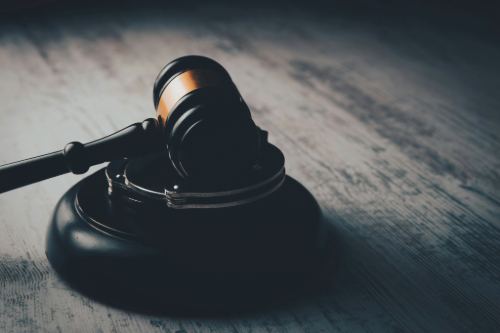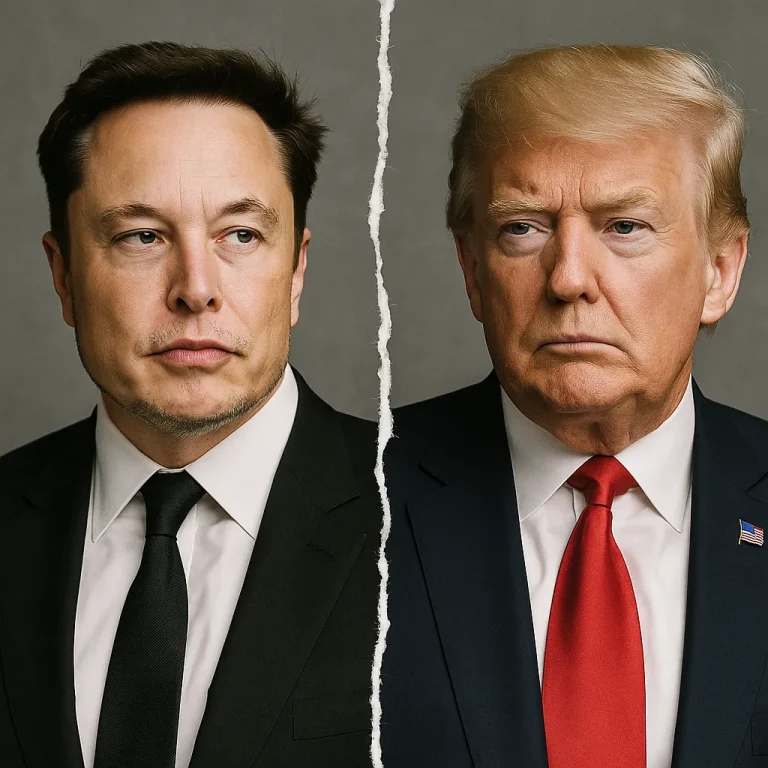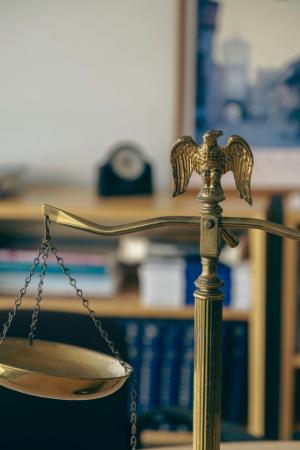
Photo: FireFly Adobe
EU AI Act by PeanutsChoice for Citizen of Europe
Europe’s AI Act: A Human-Centered Approach to AI Governance
When Brussels set out to regulate artificial intelligence (AI), they had more than just rule-writing in mind—they wanted to build trust. The EU AI Act is the world’s first comprehensive legal framework focused on AI, and it embodies a uniquely European principle: innovation and fundamental rights can thrive side by side. This article will unpack what the EU AI Act means, why it’s important for everyday Europeans, and how it positions Europe on the global stage.
Why the EU AI Act Matters (Focus Keyword: EU AI Act)
AI is no longer just a buzzword. From credit approvals to medical diagnoses, algorithms are increasingly shaping our daily lives. The European Union, aware of both the potential and the risks of AI, quickly moved to draft the EU AI Act to ensure these systems serve people—not the other way around.
At its core, the EU AI Act introduces a risk-based classification for AI systems. Imagine four categories: “Unacceptable,” “High Risk,” “Limited Risk,” and “Minimal Risk.” Each has its own set of regulations, reflecting the belief that life-altering technologies deserve more scrutiny than, say, a basic e-commerce chatbot.
1. A Four-Tiered System Focused on People, Not Machines
1.1 Unacceptable Risk
Some AI applications are just too dangerous to exist. These include systems that manipulate human behavior, enable “social scoring,” or exploit children. The EU has decided to outright ban these technologies, prioritizing human dignity and democratic values above all.
1.2 High Risk
This category includes AI systems used in hospitals, schools, courts, and workplaces—places where decisions can significantly impact people’s lives. These systems must meet strict standards, ensuring that data is rigorously vetted, human oversight is in place, and continuous monitoring is conducted.
1.3 Limited Risk
Think of customer service chatbots or spam filters. While the stakes are lower, transparency still matters. The EU AI Act requires these systems to clearly disclose that they are, in fact, AI-driven. In a world where deepfakes and voice cloning are on the rise, even a chatbot needs to be transparent.
1.4 Minimal Risk
Finally, AI systems that have little or no impact on health, safety, or fundamental rights—like video-game NPCs or recommendation algorithms for movies—fall into the “Minimal Risk” category. These don’t require additional compliance efforts.
2. General-Purpose AI: The “Catch-All” Challenge
When large language models like ChatGPT exploded onto the scene, policymakers realized that “general-purpose AI” (GPAI) needed special attention. These systems, trained on massive datasets, can be adapted for a wide variety of tasks—from coding to art creation. Under the EU AI Act, providers of GPAI are required to:
- Disclose Training Data: Transparency is key. The EU wants to know what data was used to train these models, enabling regulators to trace harmful outputs or biases back to their roots.
- Risk Management Plans: Even if a GPAI is not deployed in high-risk settings like hospitals or courts, it could still be adapted for such use. The EU requires providers to assess potential risks, test for biases, and update safety protocols as needed.
3. Who Watches the Watchers? Europe’s New AI Governance Structure
Brussels is not relying on a “passive regulation” model. The EU AI Act establishes a robust governance framework:
- European AI Office: Based in Brussels, this office coordinates AI policy, issues guidelines, and serves as a hub for best practices. When EU member states need clarity on the regulations, this office is their go-to resource.
- National Competent Authorities: Each EU country must designate a body (often part of the data protection authority) to enforce the AI Act at the local level. So, if an AI vendor in Berlin or Budapest breaks the rules, local regulators can step in.
This two-tiered system prevents regulatory fragmentation and ensures that an AI system banned in one EU country can’t simply operate under a different name in another.
4. Penalties That Bite: Why Compliance Is Non-Negotiable
The EU AI Act is clear: non-compliance has serious consequences. Companies that fail to follow the rules face fines up to €35 million or 7% of their global revenue—whichever is higher. These substantial penalties ensure that the regulations are taken seriously, by both startups and tech giants alike.
5. A Phased Rollout: From Draft to Reality
While the EU AI Act was formally adopted on August 1, 2024, its implementation will unfold in stages to give businesses time to adjust:
- February 2, 2025: The ban on unacceptable AI practices goes into effect, alongside basic AI literacy requirements (e.g., chatbots must be labeled as AI).
- August 2, 2025: General-purpose AI providers must comply with new transparency and risk management rules.
- August 2, 2026: High-risk AI systems will face stricter obligations, such as compliance checks, record-keeping, and third-party audits.
By spacing out these deadlines, the EU achieves a balance between ambition and practicality.
6. What This Means Beyond Europe’s Borders
Even if you’re sipping cappuccino in Milan or scrolling on your phone in Warsaw, the EU AI Act has global implications. Any company—whether based in Silicon Valley or Shenzhen—that offers AI tools to EU citizens must comply. This extraterritorial reach is causing tech companies worldwide to rethink their product launches and business strategies.
Conclusion: Blending Caution with Optimism
The EU AI Act isn’t about stifling innovation—it’s about guiding it. Lawmakers in Europe have recognized the transformative potential of AI but have also seen an opportunity to set a global standard for its safe and ethical use. By emphasizing safety, transparency, and fundamental rights, the EU aims to foster trust in AI while encouraging developers to aim for higher ethical standards.
For startup founders, academics, and everyday consumers, the message is clear: the future of AI will be shaped by the EU’s risk-based, human-centered approach. Whether this model succeeds or stifles innovation will be debated for years, but one thing is certain: Europe has made its mark as a global leader in AI governance.
Sources:
- European Commission, Artificial Intelligence Act Overview.
- Voigt, Paul, and von dem Bussche, Axel. Practical Guide to AI Act Compliance, Journal of European Data Protection, May 2025.
- Digital Europe Report. Implications of the EU AI Act for Creatives, April 2025.
- Creative Commons EU. Copyright, Attribution, and AI-Generated Works, March 2025.
- Smith, Laura. Startups and the EU AI Act: Content Transparency Rules Explained, Global Tech Review, May 2025.
You may like:Europe’s Security in 2025: How the EU and NATO Are Strengthening Their Partnership



